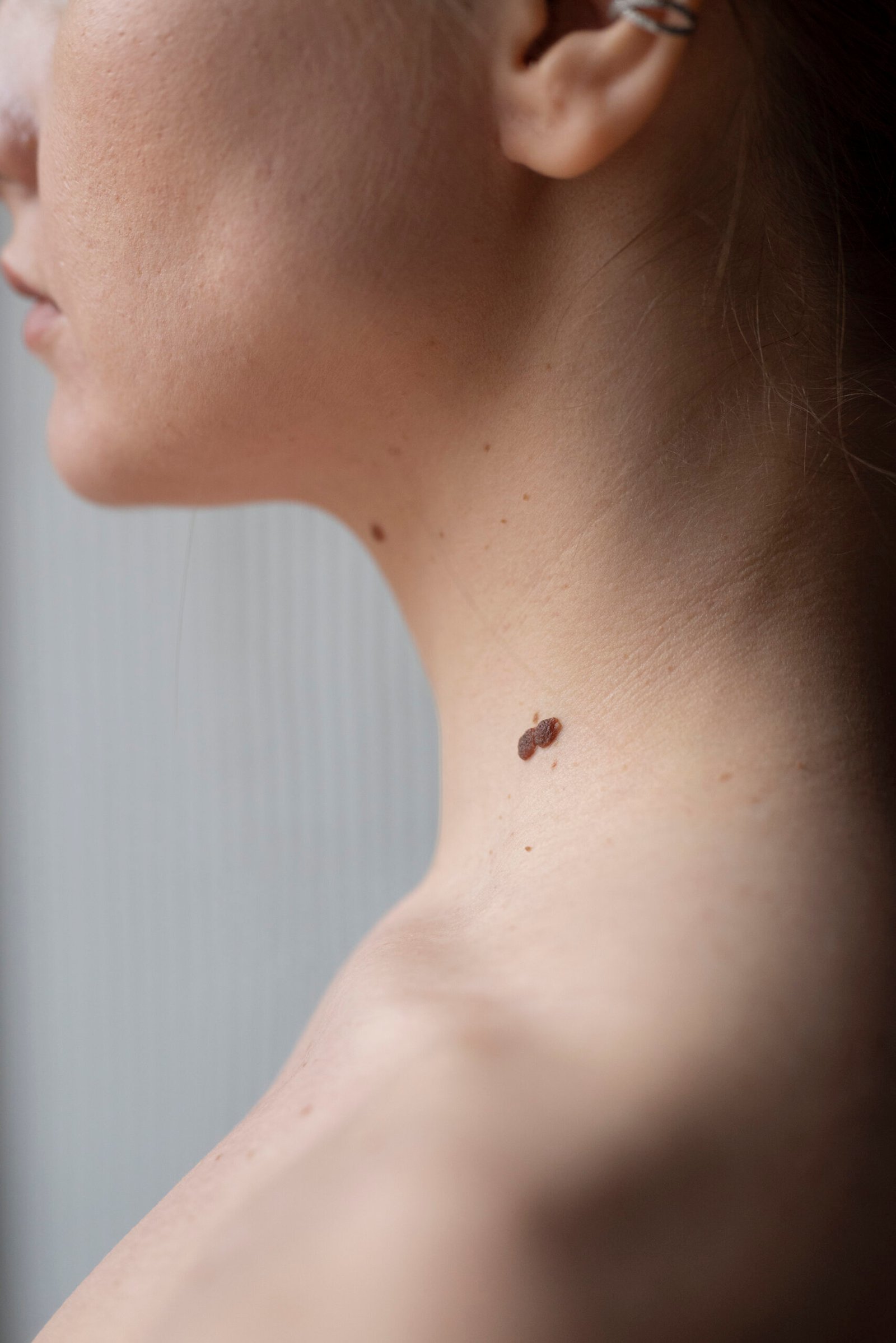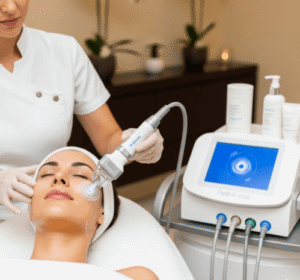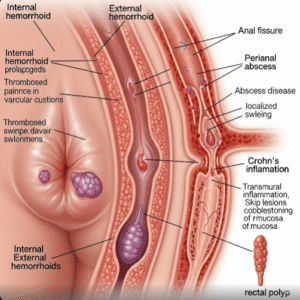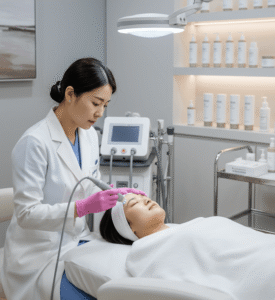Overview
Skin tags, medically known as acrochordons, are soft, benign skin growths that often appear in areas where skin folds or rubs together. While harmless, they can be bothersome due to their appearance or irritation from clothing or jewelry. In Korea, skin tag removal is a common and accessible dermatological procedure available at clinics and hospitals.
What is Skin Tags (Acrochordons)?
Skin tags are small, soft, flesh-colored or slightly darker growths that hang off the skin. They are composed of collagen fibers, blood vessels, and skin tissue. Skin tags are non-cancerous and are not associated with serious medical conditions. They are most frequently found on the neck, underarms, eyelids, groin folds, and under the breasts.
Symptoms
- Small, soft, and often pedunculated (on a stalk) skin growths
- Flesh-colored, slightly brown, or darker than surrounding skin
- Typically painless
- Can become irritated or bleed if rubbed or caught on clothing or jewelry
Causes
- Friction between skin folds
- Genetics (tends to run in families)
- Hormonal changes, such as during pregnancy
- Insulin resistance and metabolic syndrome
- Aging — more common in middle-aged and older adults
- Human papillomavirus (HPV) may be associated in some cases
Risk Factors
- Overweight or obesity
- Type 2 diabetes or insulin resistance
- Pregnancy
- Family history of skin tags
- Aging (especially over 50)
- Conditions that cause skin friction (e.g., tight clothing)
Complications
Although skin tags are benign and harmless, complications may include:
- Irritation from jewelry, shaving, or tight clothing
- Inflammation or bleeding if repeatedly traumatized
- Rare infection if forcibly removed or scratched
- Cosmetic concerns or embarrassment
Prevention
- Maintain a healthy weight to reduce skin friction
- Wear loose-fitting, breathable clothing
- Avoid jewelry that may rub against high-risk areas
- Manage blood sugar if diabetic or insulin resistant
- Routine skin care and hygiene in skin folds
Treatment Options in Korea
Diagnosis
Diagnosis of skin tags is made through visual inspection by a dermatologist. Biopsy is rarely required unless the lesion appears suspicious.
Medical Treatments
While no medication can remove skin tags, doctors in Korea may recommend or prescribe topical anesthetics prior to removal.
Surgical or Advanced Therapies
- Cryotherapy: Freezing the tag with liquid nitrogen
- Cauterization: Burning off the tag using electrical current
- Excision: Cutting the tag off with a sterile surgical blade
- Laser Removal: A popular cosmetic option in Korea using precision dermatological lasers
These are typically outpatient procedures and may not require anesthesia.
Rehabilitation and Support
Recovery is minimal. Patients are advised to:
- Keep the area clean
- Avoid sun exposure if laser was used
- Apply antibiotic ointment if recommended












